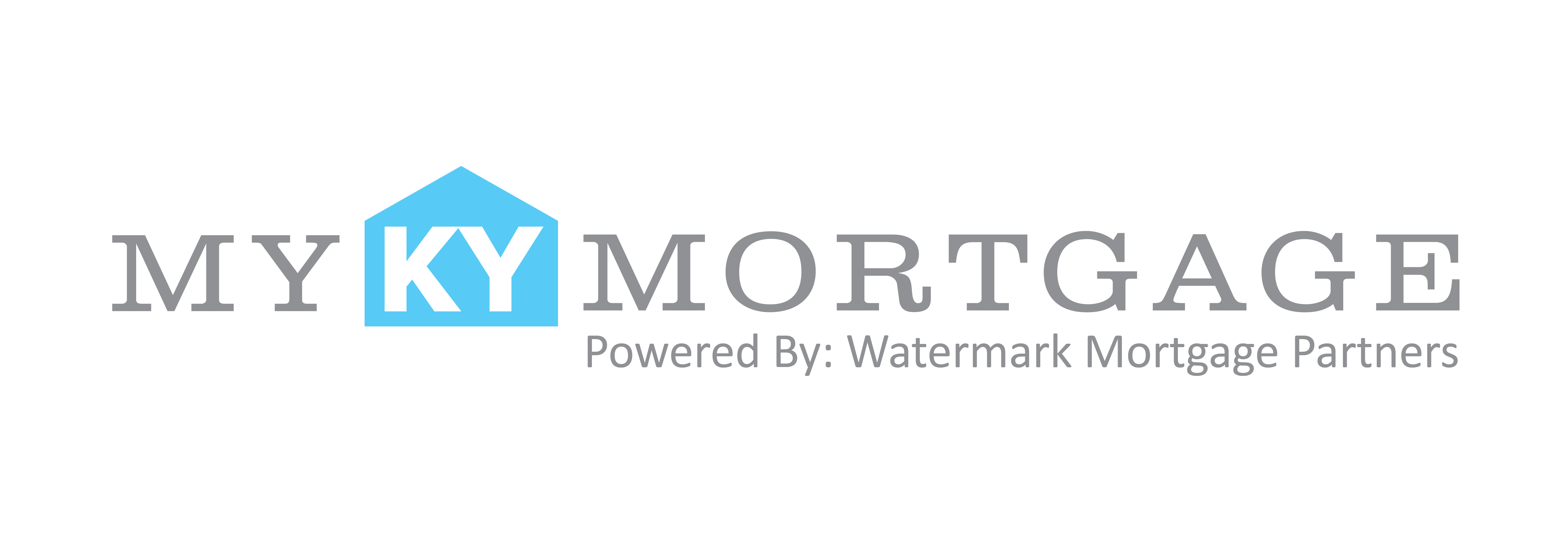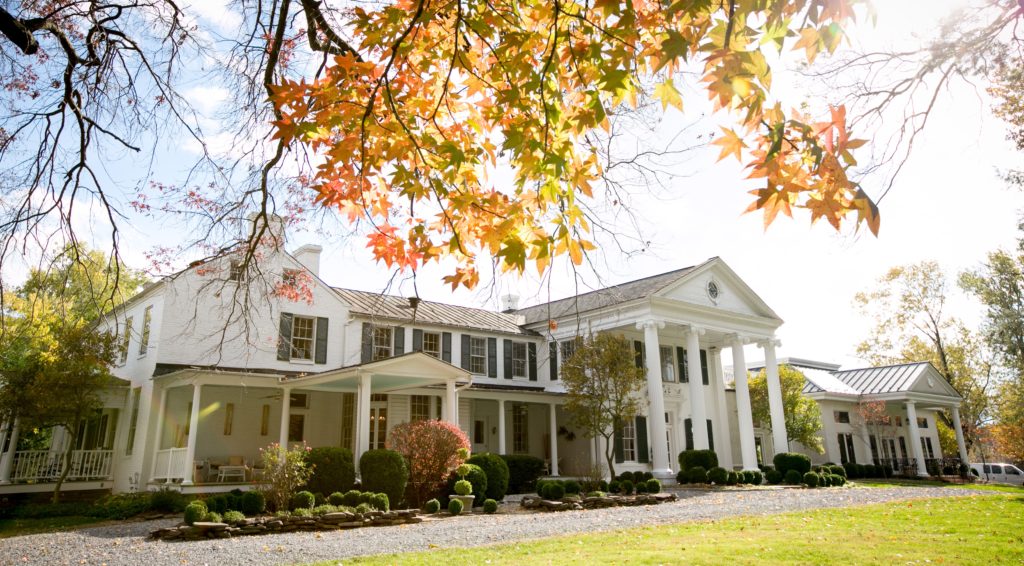If you have been thinking about buying a second home, now could be a good time to take the leap. Interest rates are still low, and home prices are rising but within reach. Here, BankRate offers some tips is you’re ready to buy a vacation home.
1. Scout the market
One way to start the search for a second home is to find a real estate agent who is familiar with your desired location. This partner could fill you in on aspects such as weather and traffic patterns, help you evaluate the location and amenities of a property, and provide information about comparable sales. And, with an eye to the long-term value of the property, the agent also could let you know about historical prices and how comparable sales have fared, as well as resale prospects. Factors that tend to have a positive impact are proximity to a major metropolitan area, ease of access and availability of four-season amenities.
2. Gauge your return
Today’s second-home buyers usually are more geared to enjoying their property rather than looking for a quick return on investment. Still, you should consider that you will be away from the property much of the time and factor in additional maintenance costs, such as having a management company check for water leaks or frozen pipes.
3. Consider insurance
Getting insurance for a second home may be more challenging than for a primary residence, depending on location. Typically, your second home is located farther away, and insurance companies might be concerned the home will not be properly maintained. If you are considering a second home on the beach, factor in the cost of flood insurance in addition to your home insurance. It has become more difficult to get flood insurance in coastal communities, and the cost has grown exponentially in some markets.
4. Think about the mortgage requirements
As for obtaining mortgage financing, lenders look for the same factors as they do for a mortgage on a primary residence. The difference is that you have to qualify for a second-home mortgage in addition to any mortgage debt on your primary home. Typically, you will need to come up with a down payment of at least 10 percent to 20 percent, meet credit standards and debt-to-income requirements, and provide documents for income and asset verification. If you have a good relationship with the mortgage lender on your primary residence, that might be a good place to start your quest for a second-home mortgage.



